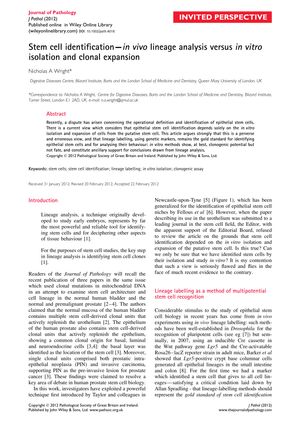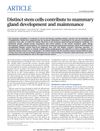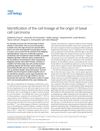Stem Cell Identification: In Vivo Lineage Analysis Versus In Vitro Isolation And Clonal Expansion
March 2012
in “
The Journal of Pathology
”

TLDR In vivo lineage labelling is better than in vitro methods for identifying and understanding stem cells.
The document from May 08, 2012, emphasizes the superiority of in vivo lineage labelling over in vitro methods for identifying epithelial stem cells and understanding their behavior. Nicholas A. Wright argues that genetic markers used in lineage labelling are the gold standard for stem cell identification, as they can trace cell lineages and clonal evolution within tissues, such as the intestine, hair follicles, and liver. The document provides evidence of stem cells' multipotential nature and their specific niches, using techniques like mitochondrial DNA mutations and methylation patterns to study tissue dynamics. It also discusses the role of stem cells in tissue repair and tumor progression, highlighting the use of lineage tracing in mouse models to identify the cell of origin in tumors. Despite the challenges in human studies, the document underscores the importance of lineage labelling for insights into stem cell behavior, tissue maintenance, and neoplasia development, and calls for the development of direct visualization methods for human solid tumors. The research was supported by Cancer Research UK, the Medical Research Council, and CORE.









